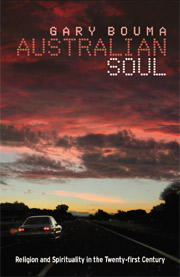The religious and spiritual life of a society has quantitative dimensions as well as qualitative. The perennial problem is what to measure: attendance, levels of religious identification, levels of financial support given to religious organisations, impact on social policy, visibility of buildings, levels of belief, degree of conformity with declared values and morals, or level of moral tone in a society? Decisions about what to measure reflect basic assumptions about the nature of religious life: where it is found, how it is supposed to be expressed, what is the location of the spiritual in social life. A second basic issue centres on whether to analyse these dimensions at individual, group or societal level. As this is a sociological consideration of Australia's religious and spiritual life, most of the analysis is deliberately conducted at group and social levels and describes and compares groups within Australia and with others.
Measurement is often focused on organisational aspects of religious involvement: attendance, financial giving or membership. If so, what criteria for frequency of attendance are to apply: weekly as expected by most Christian groups, or seasonal as expected by Buddhists, or some other? Similarly, membership is a term that fits participation in Protestant Christian congregations and Jewish synagogues, but not Catholics, Muslims or Buddhists. Measurement could be of spiritual practices: prayer, meditation or attending retreats. Alternatively, the rational dimensions of the religious and spiritual life – scripture study, attending to sermons, reading devotional material, taking courses, beliefs, and learning – could be measured.
